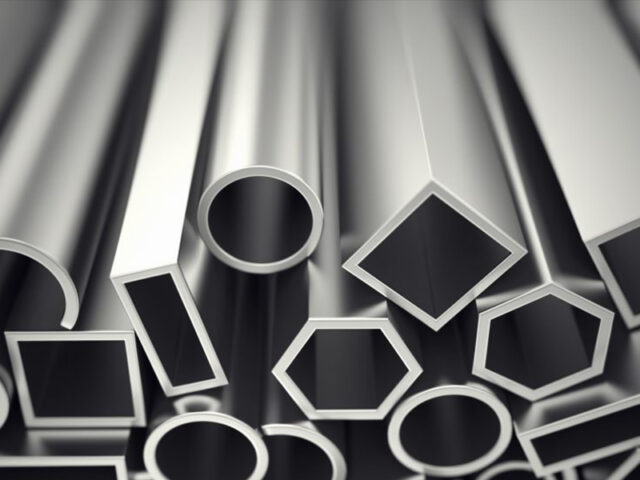In today’s world of smart gadgets, rapid 5G communication, and IoT, Zinc Die Casting provides the accuracy and miniaturization needed for phone equipment and electronics because of its precision and conductivity. This manufacturing procedure does well where aluminum and plastic injection molding fails by intricately and robustly forming components which need to be eletrically functional and support the structure of our connected world.
Why Zinc Die Casting Dominates Electronics Manufacturing For instance, telecoms and electronic industries enjoy zinc alloys such as zamak which provides:
27-28% IACS as conduction electricity for high grade plastic used in it, its EMI and RFI shielding provides plastics for intrference for solid metals, metal parts of 5G and phone devices.
And also, extremely thin walls of 0.5 mm for lightweight parts, high dimendional stability of tight tolerances of 0.025 mm and seamless surface finishing for plating, painting or etching lasers.

Key Applications of Zinc Die Casting in Electronics & Telecom
1. Connectors & Sockets
Zinc die cast connectors ensure reliable signal transmission in USB-C ports, memory card slots, and server backplanes. Its conductivity and strength prevent deformation during mating cycles.
2. EMI/RFI Shielding Enclosures
5G base stations, routers, and medical devices use zinc housings to contain electromagnetic noise, replacing costly secondary shielding processes.
3. Heat Sinks & Thermal Management
Zinc’s thermal conductivity (113 W/m-K) outperforms plastics and many aluminum alloys, ideal for LED drivers and power supplies.
4. Miniature Structural Components
From drone motor mounts to micro-gears in optical drives, zinc’s fluidity enables complex micro-features unreachable via machining.
5. Antenna Components & RF Parts
Low-melting zinc alloys cast intricate waveguide structures and 5G mmWave antenna elements with high radio frequency integrity.
Case Study: Enabling the IoT Revolution
IoT sensors demand tiny, weatherproof, and EMI-resistant housings. Zinc die casting delivers all three:
Size: Palm-sized enclosures with integrated mounting points.
Durability: Withstands IP67 environments.
Signal Integrity: Native EMI protection without additives.
Zinc vs. Alternatives: The Competitive Edge
| Feature | Zinc Die Casting | Plastic Molding | Aluminum Die Casting |
|---|---|---|---|
| EMI Shielding | ✅ Native | ❌ Requires coating | ✅ |
| Thin Walls | ✅ 0.5 mm | ✅ | ❌ ~1.0 mm min |
| Cost per Part | ✅ Low | ✅ Low | ❌ Higher |
| Surface Finish | ✅ Near-net shape | ✅ | ⚠️ Often porous |
Future-Proofing Telecom with Zinc Alloys
As 6G and edge computing emerge, zinc die casting adapts seamlessly:
High-Speed Tooling: Rapid mold iterations for prototyping.
Alloy Innovation: ZA-8 for high-temp boards, Zn-Mg for strength.
Sustainability: 95%+ recyclability vs. carbon-intensive plastics.
Zinc die casting plays a key role in advancing the electronics and telecommunications. Its unique combination of precision, conductivity, shielding capability, thin-wall strength, and cost makes it the ideal process for mission-critical components that facilitate our connected world. Zinc die casting is everywhere from 5G infrastructure to your smartphone, performing at the level of performance and reliability needed by the industry.
